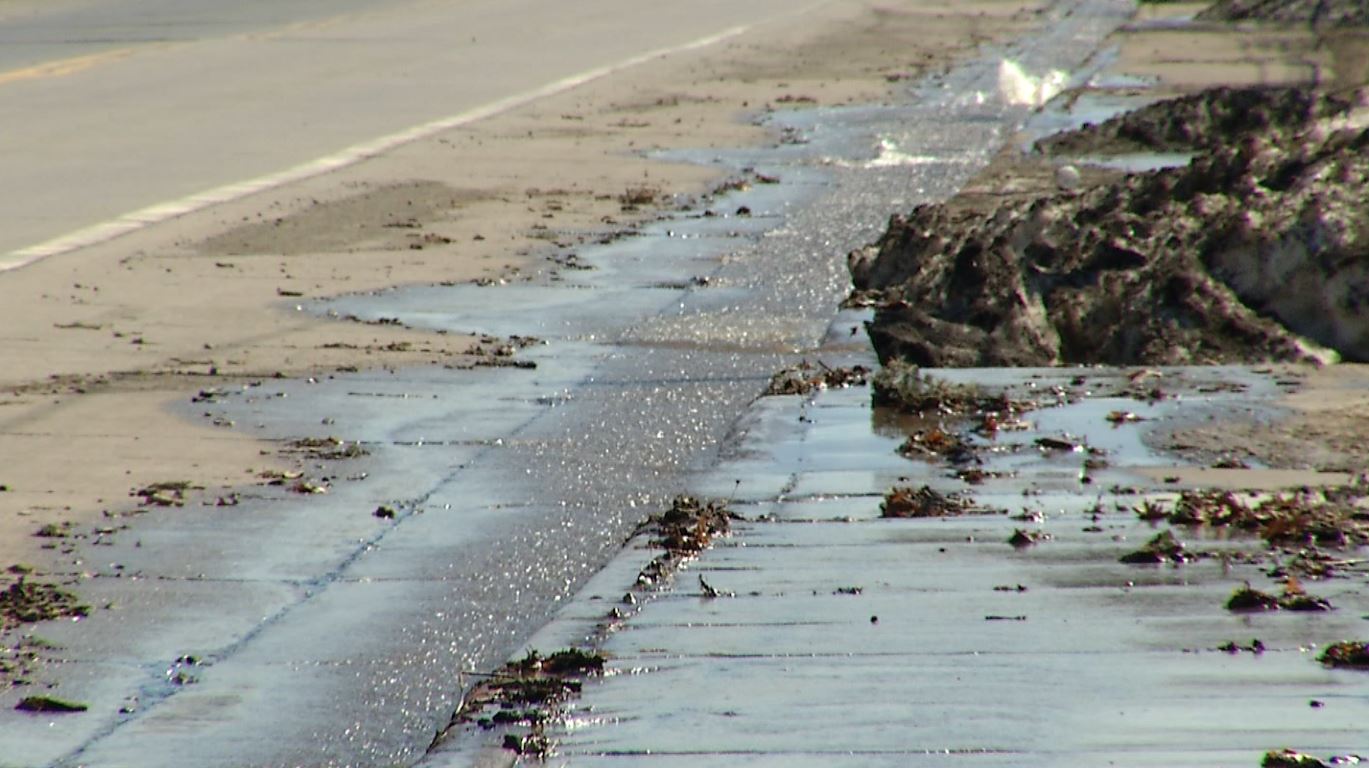Earth Month: Steps to keep stormwater clean
Melting snow has carried streams of stormwater into the drains around the Northland. Maggie Karschnia of the University of Minnesota Water Resources Center and Minnesota Sea Grant is an expert on stormwater and water quality.
“Stormwater is just like it sounds. It is water that comes from storm events,” Karschnia said. “So it is the rain, hail, sleet, and snow that falls from the clouds and does not end up soaking into the ground but rather runs off the land.”
Storm drains take that water typically straight to local water resources like ponds, streams, and big bodies of water like Lake Superior.
“You’ll see a lot of seasonal differences with stormwater. And we’re really looking at two things. There’s an increase in volume right now that’s happening obviously with the snow. We also see changes in water quality. So we had all the sand and the salt that we put on our roads and our driveways over the winter, and now we’re seeing those come through in stormwater,” Karschnia said.
Those are pollutants, but there’s also a spike in nutrients from things like leaves that end up in the stormwater.

WDIO-TV/Archive
She says there are many things people can do in their neighborhoods to protect downstream water quality, such as:
- Adopt a storm drain
- Keep leaves and grass off streets
- Pick up dog poop
- Participate in No Mow May
- Plant native flowers
Karschnia answered more questions about where stormwater goes in this UMD article.